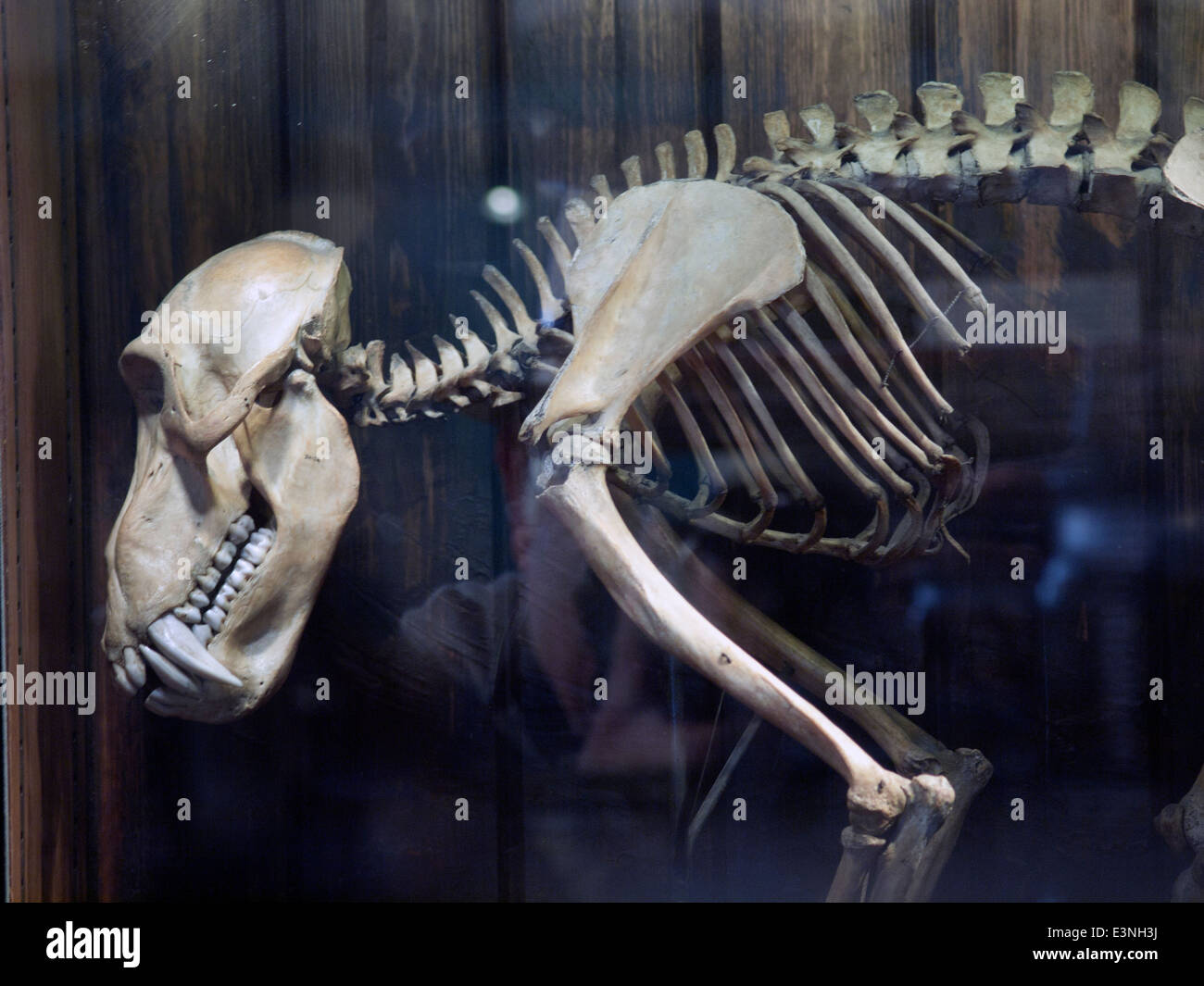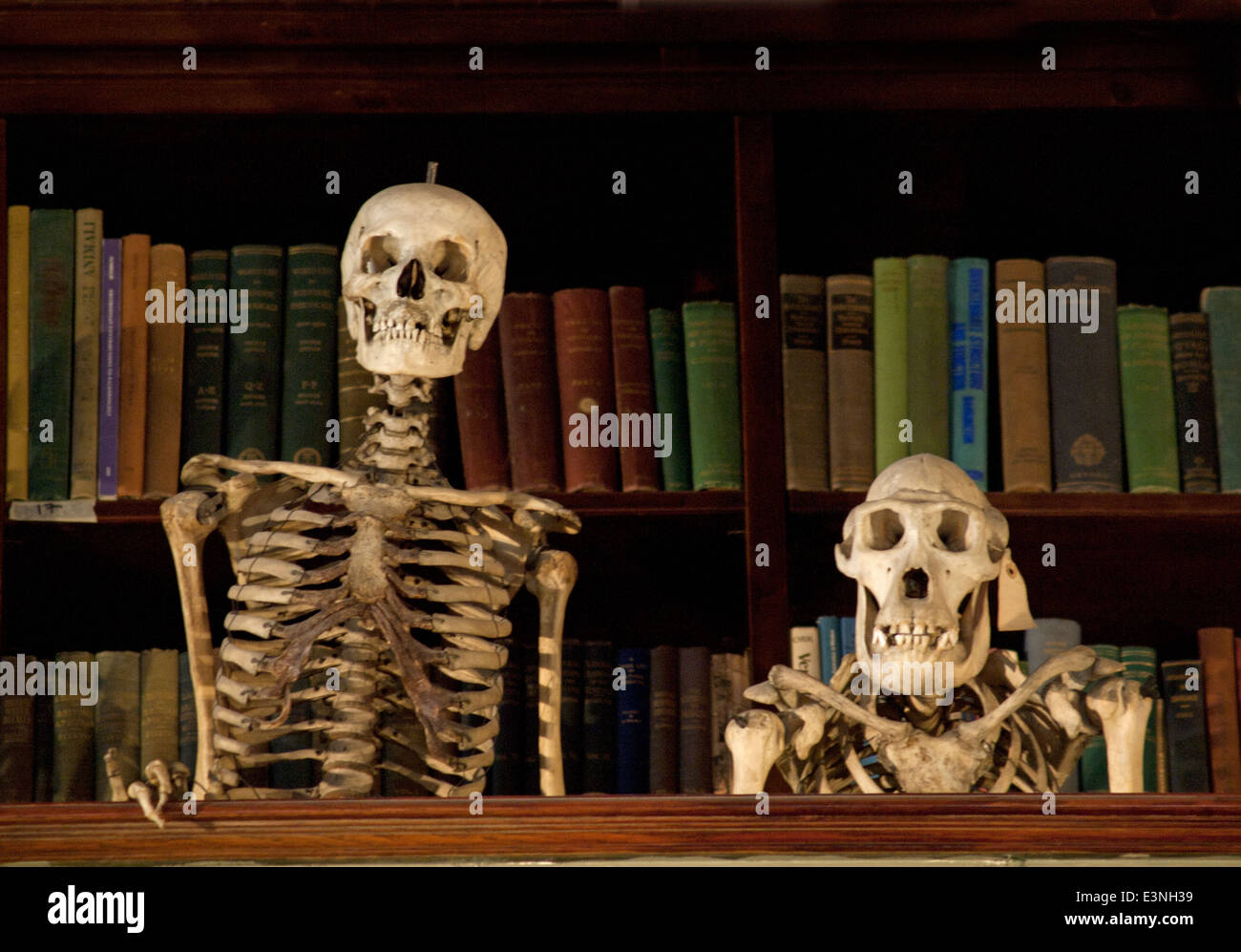Display (zoology)
As an expression of behavior (formerly also emotions, more recently occasionally display) are in behavioral biology refers to those behaviors, " having the character of a trigger and intraspecific (sometimes the interspecific ) are understanding. " These patterns are either in the evolutionary process of ( intraspecific ) ritualization emerged or developed in dealing with competing species. When social cues they indicate the mood of an animal and thereby influence the behavior of individuals of the same or of a different kind, the expression behavior is therefore also suitable to evaluate sensitivities in domestic animals depending on the situation.
Forms of expressive behavior
Expressive behavior includes both visual signals ( expressive movements ) and acoustic (for example, warning signs ), also touches and elements of olfactory communication. Well known is the breaking of the tail feathers to the " wheel " at the Peacock, but also the song of the nightingale, simulating a broken wing in the presence of birds of prey ( whereupon he pursues the seemingly sick bird and not the boy), the pairing injury, the dance language of the bees and wave-like ascending and then crashing flight of the male golden eagle can be interpreted as an expression of behavior.
"Purpose" of expressive behavior may be, for example:
- The campaign for a partner
- Intimidation of rivals
- As claiming a territory
- The introduction of copulation
- Quenching of an attacker
- The sharing of threat to group members
- The luring away of an attacker from the boys.





.jpg)



-biodiversity_data_journal-3-e4368-g004.ogv/250px--Extravagant-female-sexual-display-in-a-Megaselia-Rondani-species-(Diptera-Phoridae)-biodiversity_data_journal-3-e4368-g004.ogv.jpg)